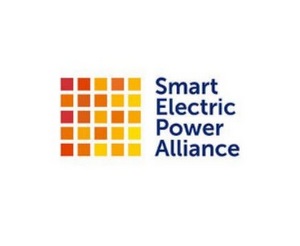Community solar capacity in the United States more than doubled between 2016 and 2017, from 347 megawatts (MW) at the end of 2016, to 734 MW at the end of 2017. At present, 228 utilities in 36 states have active community solar programs. Those figures are part of the findings in a new report — “Community Solar Program Design Models” — from the Smart Electric Power Alliance (SEPA).
In addition to providing current figures on the expansion of community solar, the “Design Models” report covers lessons learned from existing projects, and a basic “decision tree” tool aimed at helping utilities and other developers ask the right questions for successful projects. The report includes research findings developed in collaboration with the Coalition for Community Solar Access (CCSA).
Key takeaways
• In 2015, utilities administered 60 percent of all community solar programs, versus 40 percent for third-party organizations. That split has since flipped. Third parties now account for 67 percent of community solar programs, versus about 33 percent for utilities.
• The average subscription rate for community solar projects is 83 percent; with subscription rates for third party-owned community solar over 90 percent. Subscription success depends on a range of program design elements, but a project’s financial value proposition remains a major driver.
• Utilities are starting to explore the use of community-scale, distributed solar as a grid asset for improved reliability and grid support services. In Minster, a community-based project combining solar and storage has allowed the town to generate four separate value streams from a single project.
• Many of the community solar projects in service are targeted at low-to-moderate income customers, renters and residential customers who live in multifamily buildings. In the past, these customers have been unable to access the benefits of solar because they don’t own their roofs, or if they do, their roofs cannot support solar.
— Solar Builder magazine
[source: https://solarbuildermag.com/news/community-solar-capacity/]

Leave a Reply
You must be logged in to post a comment.